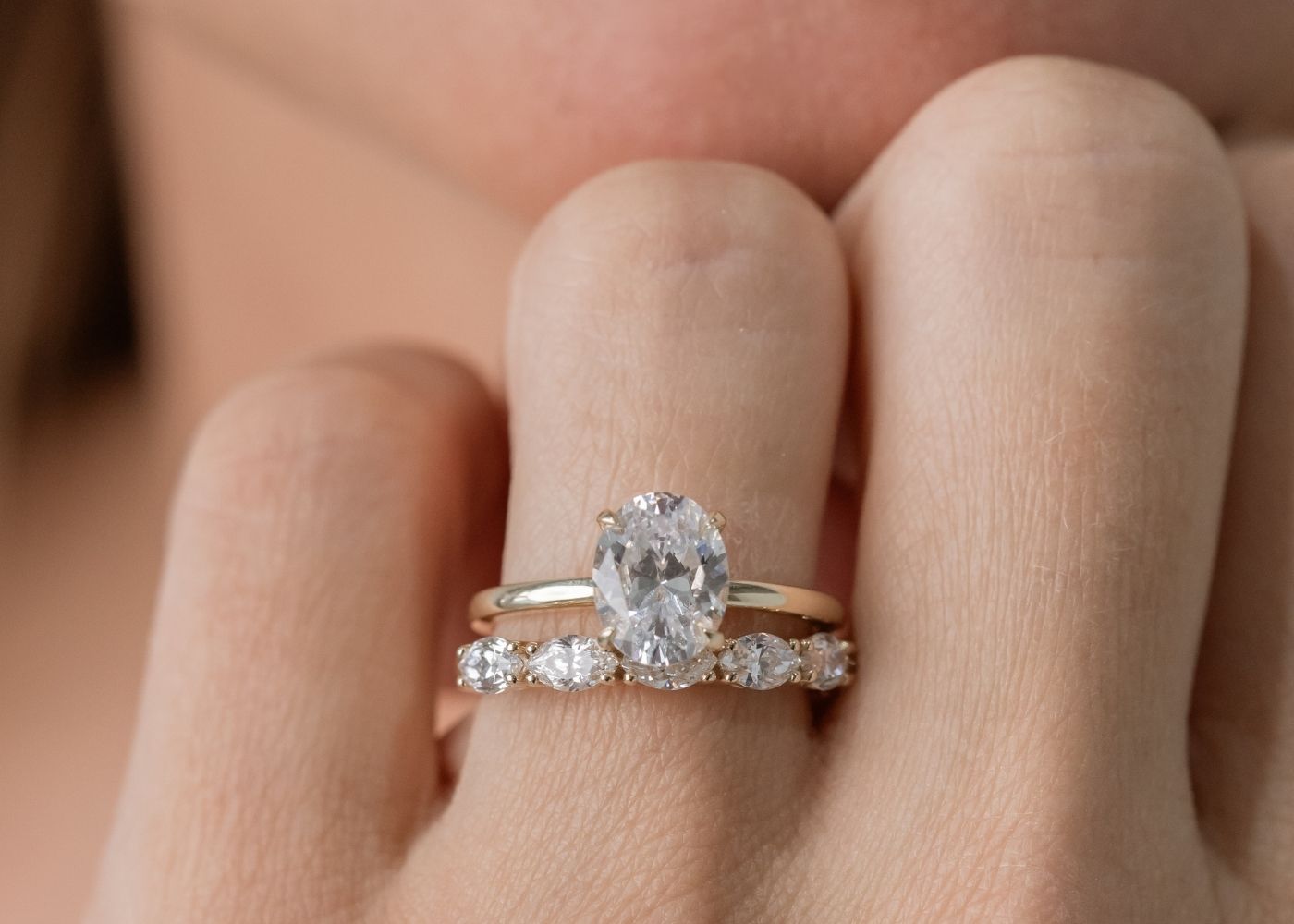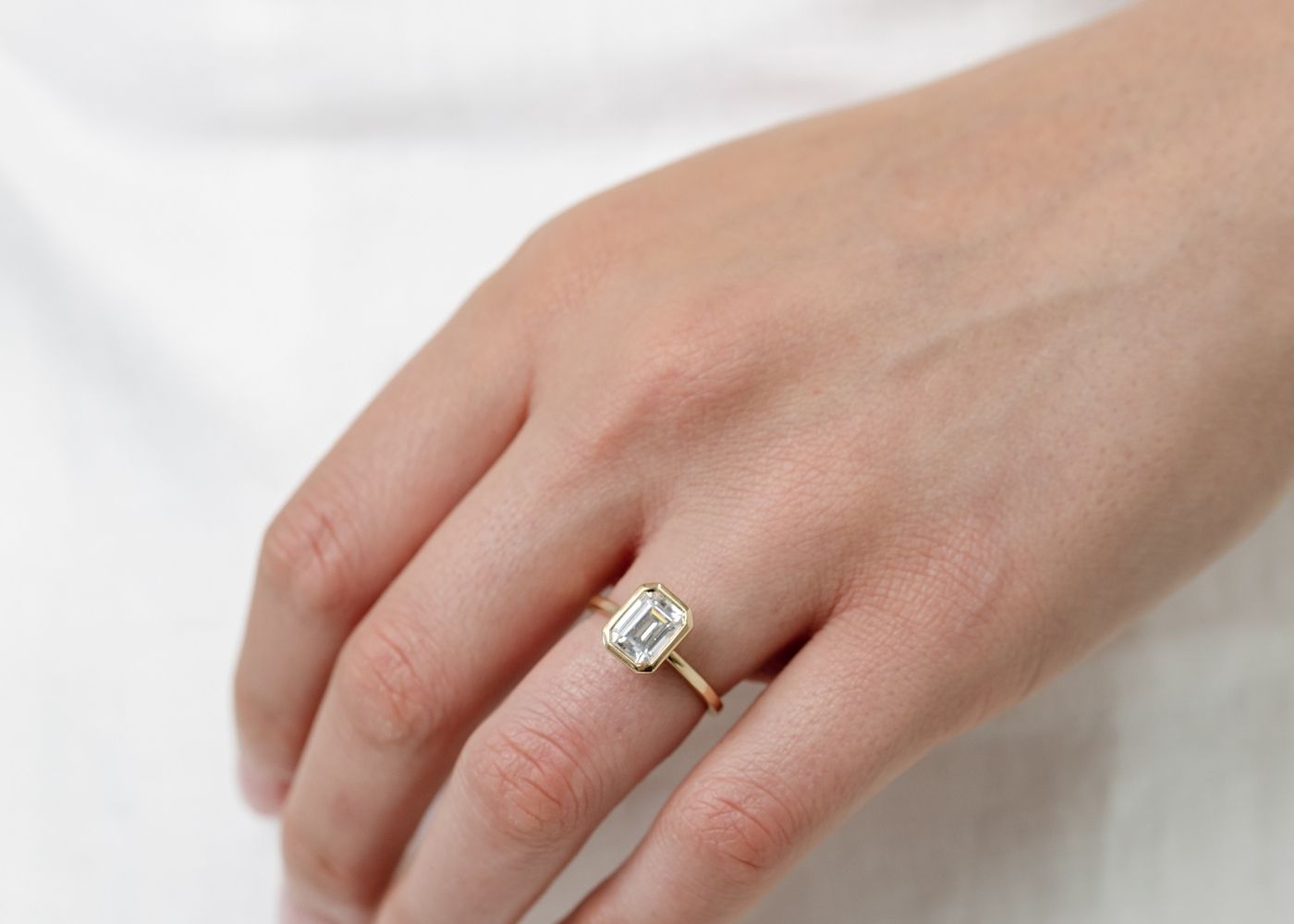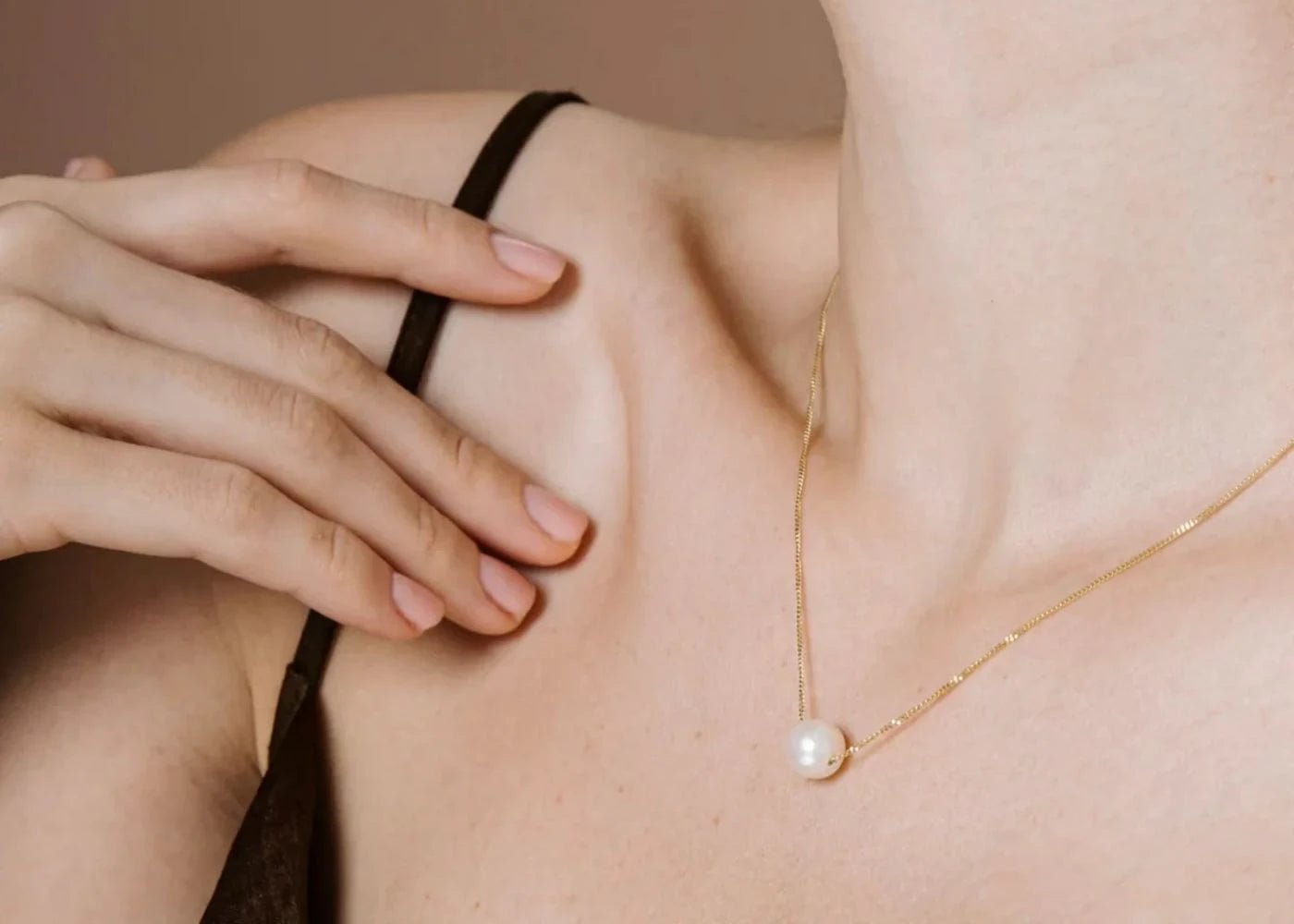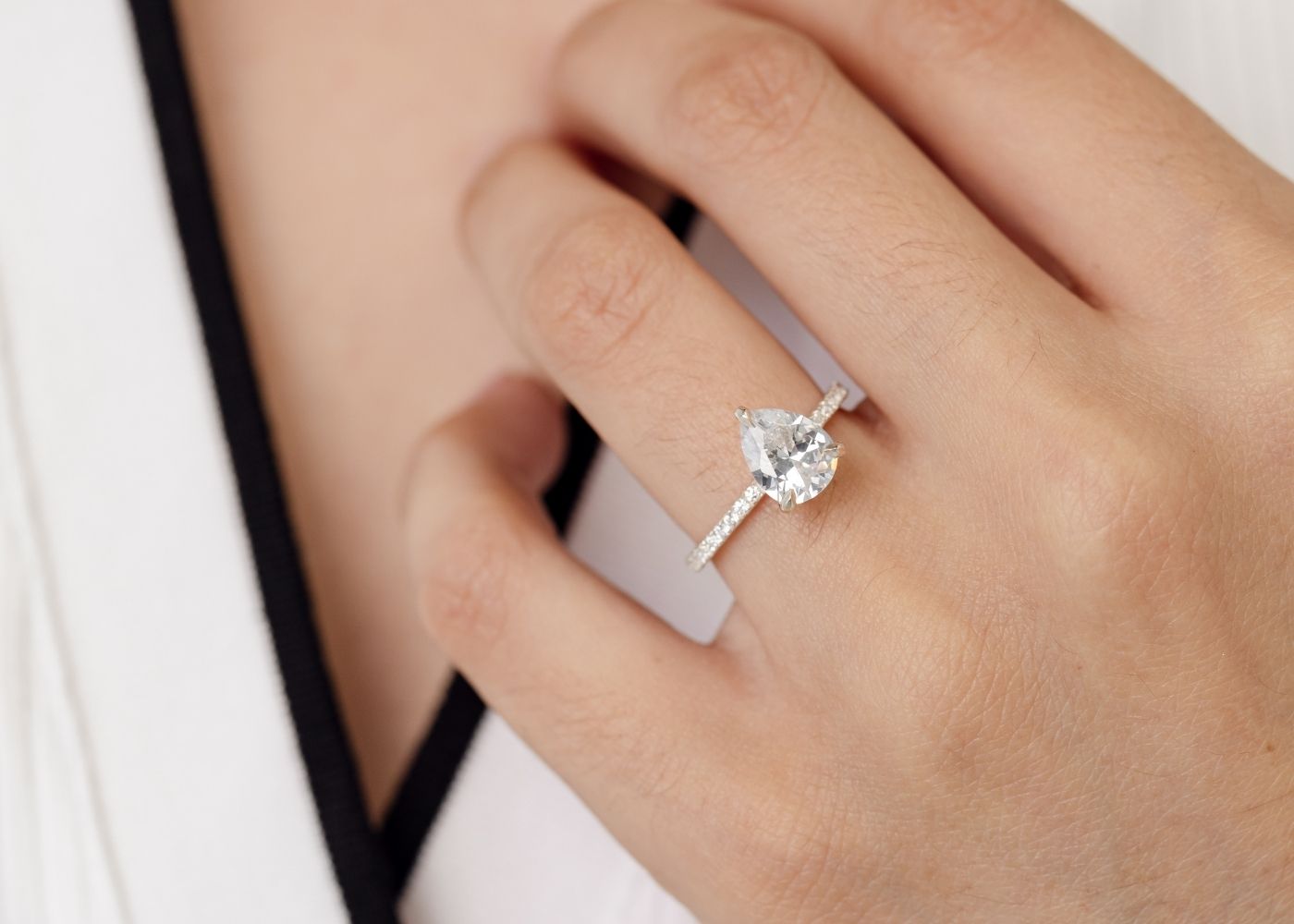Lapel pin
Popular usage and cultural significance of lapel pins
- Lapel pins are used as symbols of achievement and belonging in organizations.
- They are collected by members and non-members alike.
- Businesses, corporates, and political parties use lapel pins to designate achievement and membership.
- Lapel pins are part of employee recognition programs and boost morale and productivity.
- Pin collecting and trading has become a popular hobby, with demand for designs based on popular cartoon characters and themes.
- In the USSR and China, prominent lapel pins with portraits of Lenin and Mao Zedong were worn by youth and Communist party members.
- Mao badges/pins were also worn in Czechoslovakia as a prank and to provoke the Communist Party.
- Politicians in the United States often wear American flag lapel pins, especially after the attacks of September 11, 2001.
- Flag lapel pins became a sartorial method to telegraph patriotism in 2008.
- The practice of wearing flag lapel pins declined somewhat in the following decade.
Modern manufacturing process of lapel pins
- Most lapel pin manufacturing is done in China, specifically in and around Kunshan.
- Inexpensive labor in China has made non-Chinese production of lapel pins rare.
- There are still online shops run by people outside of China who make and sell lapel pins.
- The die struck manufacturing process includes five basic types of pins: Cloisonné, soft enamel, photo etched, screen printed, and 4-color printed.
- The outer shape of the pin is stamped out from a sheet of metal, and different processes are used to create the design and colors.
Different backside styles of lapel pins
- Butterfly clutches, also known as military clutches, are one of the most popular methods of attaching pins.
- Jewelry clutches, or tie tacks, provide a simple and elegant design.
- Safety clasps are similar to safety pins and hold the pin in place.
- Magnetic clasps use magnets to secure the pin, preventing hole punctures in garments.
- Screw and nut clasps are one of the most secure methods, with the nut screwing into place to hold the pin firmly.
Types of lapel pins
- Custom lapel pins come in various styles, such as photo-etched and silk screen printed.
- Other options include rush pins and printed lapel pins.
- Lapel pins can be made from different materials, like metal or enamel.
- Pins can also have different backside styles, adding to their uniqueness.
- Different lapel pin manufacturers offer a wide range of custom products.
Customization options and uses of lapel pins
- Lapel pins can be customized to include logos, designs, or text.
- Different colors and finishes can be applied to the pins.
- Some lapel pins can have added features, like glitter or glow-in-the-dark elements.
- Customization options also include choosing the size and shape of the pin.
- Lapel pins can be designed to commemorate special events or promote brands.
- Lapel pins are commonly used for promotional purposes by businesses and organizations.
- They can be worn as a form of identification or to represent membership in a group.
- Lapel pins are also used as fashion accessories to add a touch of personal style.
- They can be given as awards or recognition for achievements.
- Some lapel pins are used to show support for a cause or raise awareness.
Manufacturing process and benefits of lapel pins
- The manufacturing process of lapel pins involves various techniques, such as photo etching and silk screen printing.
- Pins can be made from different materials, including metal alloys or enamel.
- The design is usually transferred onto the pin through a printing or etching process.
- The pins are then polished, coated, and finished to enhance their appearance.
- Quality control measures are implemented to ensure the final product meets the desired standards.
- Lapel pins can serve as effective marketing tools, promoting brands or causes.
- They can help create a sense of belonging and unity among members of an organization.
- Lapel pins are cost-effective and can be produced in large quantities.
- They can be easily customized to suit specific design preferences.
- Lapel pins have a long-lasting impact as they can be worn repeatedly.
Lapel pin Data Sources
| Reference | URL |
|---|---|
| Glossary | https://harryandcojewellery.com.au/blogs/glossary/lapel-pin |
| Wikipedia | http://en.wikipedia.org/wiki/Lapel_pin |
| Wikidata | https://www.wikidata.org/wiki/Q213426 |
| Knowledge Graph | https://www.google.com/search?kgmid=/m/0287v6v |





